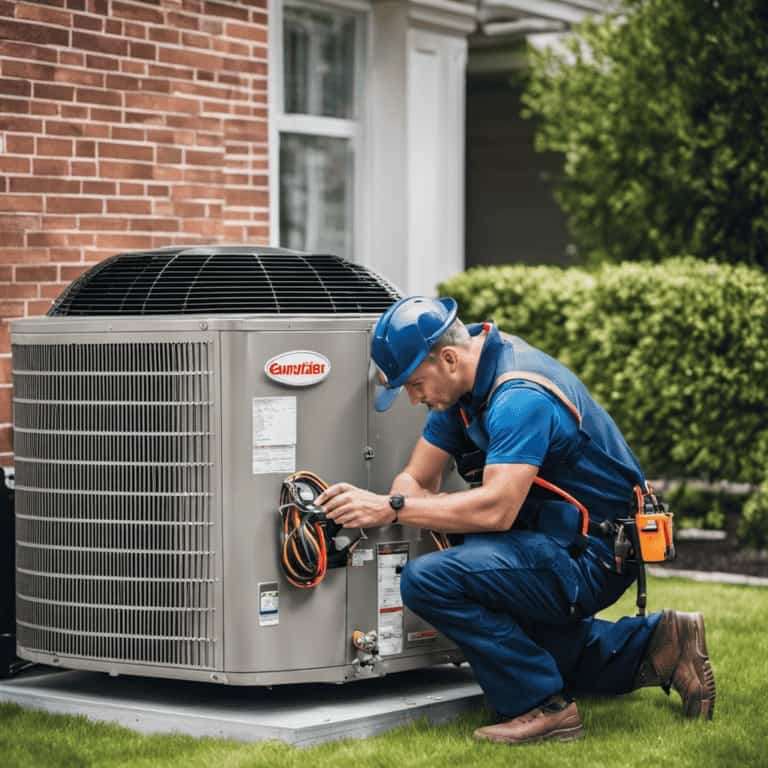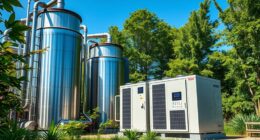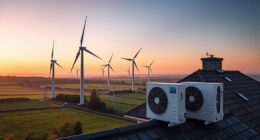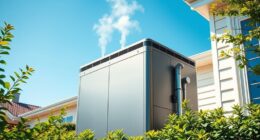We have all been frustrated by a heat pump that is not performing well at some point. But don’t worry! We are here to provide our expert tips for improving the efficiency of your heat pump.
From understanding efficiency ratings to optimizing sizing and implementing proper installation techniques, we’ve got you covered.
And don’t forget about maintenance and cleaning, as well as the game-changing smart thermostat technology.
So sit back, relax, and let us guide you on the path to peak heat pump performance.
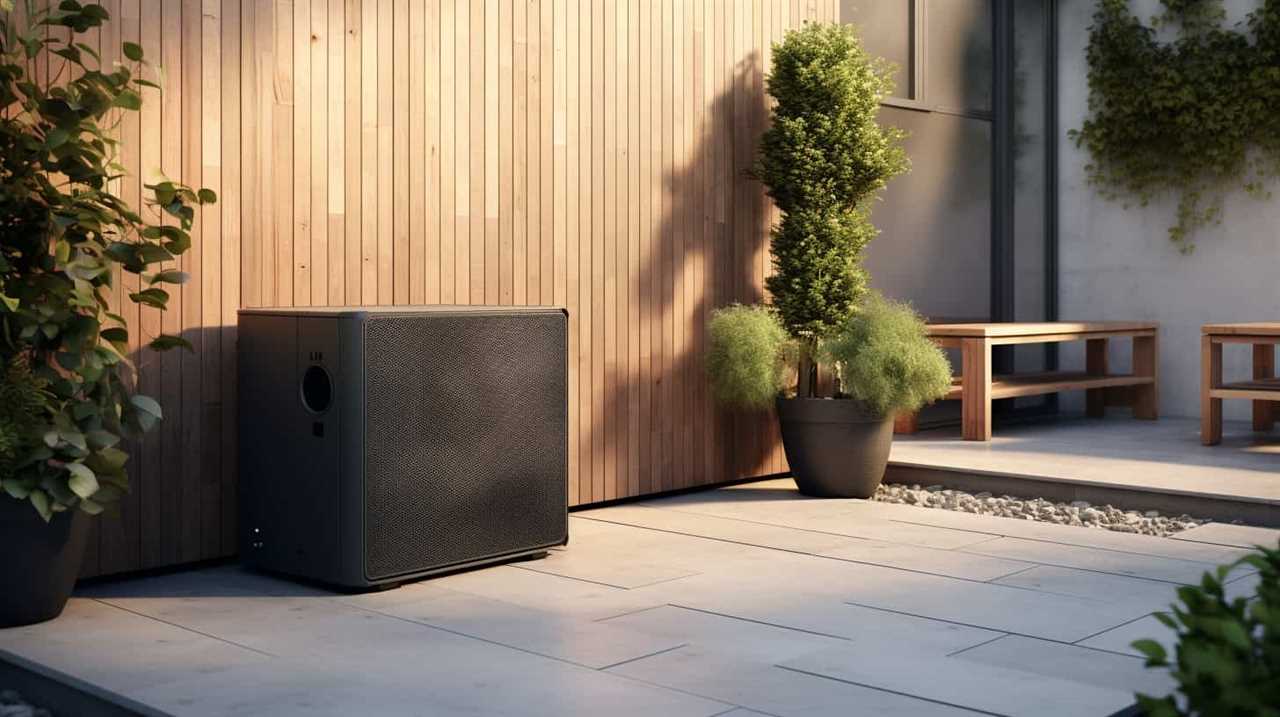
Key Takeaways
- Understanding heat pump efficiency ratings: SEER measures cooling efficiency, while HSPF measures heating efficiency. Regular maintenance and energy-saving practices can maximize efficiency and reduce energy consumption.
- Optimizing heat pump sizing: Insulating pipes and ductwork, locating the heat pump in an area with good airflow and minimal obstructions, and achieving the right balance between size, insulation, and location can optimize performance and energy efficiency.
- Implementing proper heat pump installation techniques: Placing the heat pump in an area with sufficient airflow, leveling it on a sturdy concrete pad, properly insulating refrigerant lines, and hiring a professional technician ensure proper connections, refrigerant charge, and system performance.
- Maintaining and cleaning the heat pump: Regular maintenance and cleaning, including cleaning filters and the outdoor unit, inspecting for wear and tear, and following maintenance and troubleshooting tips, maximize performance and efficiency.
Understanding Heat Pump Efficiency Ratings
As homeowners, we should understand the efficiency ratings of our heat pump to make informed decisions about energy usage. Heat pump efficiency ratings are measured by two key metrics: the Seasonal Energy Efficiency Ratio (SEER) and the Heating Seasonal Performance Factor (HSPF).
The SEER rating measures the cooling efficiency of the heat pump, while the HSPF rating measures its heating efficiency. To ensure optimal performance and energy savings, regular heat pump maintenance is crucial. This includes cleaning or replacing air filters, checking refrigerant levels, and scheduling professional maintenance at least once a year.
Additionally, there are energy-saving tips that can further enhance the efficiency of your heat pump, such as setting the thermostat to a comfortable yet energy-saving temperature and ensuring proper insulation in your home. Understanding these efficiency ratings and implementing proper maintenance and energy-saving practices will help you maximize the efficiency of your heat pump and reduce energy consumption.
Now, let’s move on to the next section and discuss optimizing heat pump sizing for maximum efficiency.
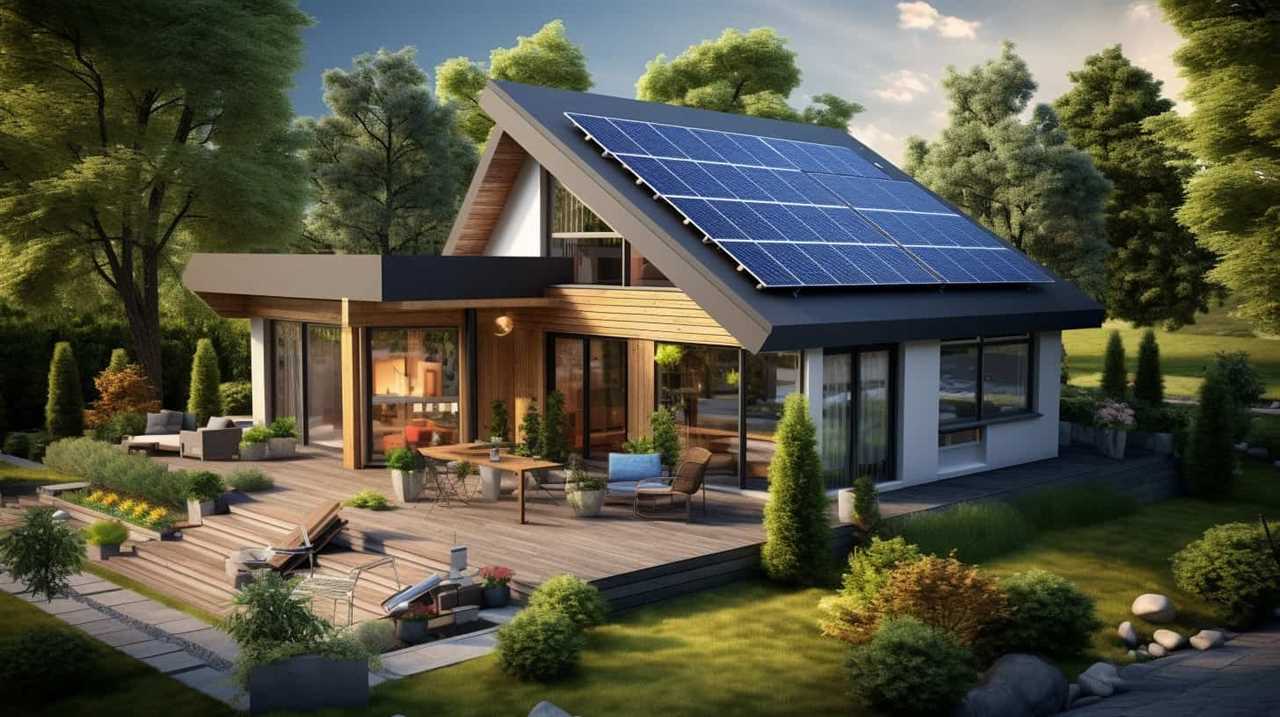
Optimizing Heat Pump Sizing for Maximum Efficiency
By properly sizing our heat pump and utilizing maximum efficiency techniques, we can optimize its performance and reduce energy consumption.
One important aspect to consider is heat pump insulation. Insulating the pipes and ductwork that connect to the heat pump can minimize heat loss and improve overall efficiency.
Additionally, ensuring that the heat pump is located in an area with good airflow and minimal obstructions is crucial. A well-ventilated location allows for better heat transfer and prevents the system from working harder than necessary.
Proper sizing of the heat pump is essential to achieve maximum efficiency. An undersized unit will struggle to heat or cool the space effectively, while an oversized unit may cycle on and off frequently, leading to unnecessary energy consumption.
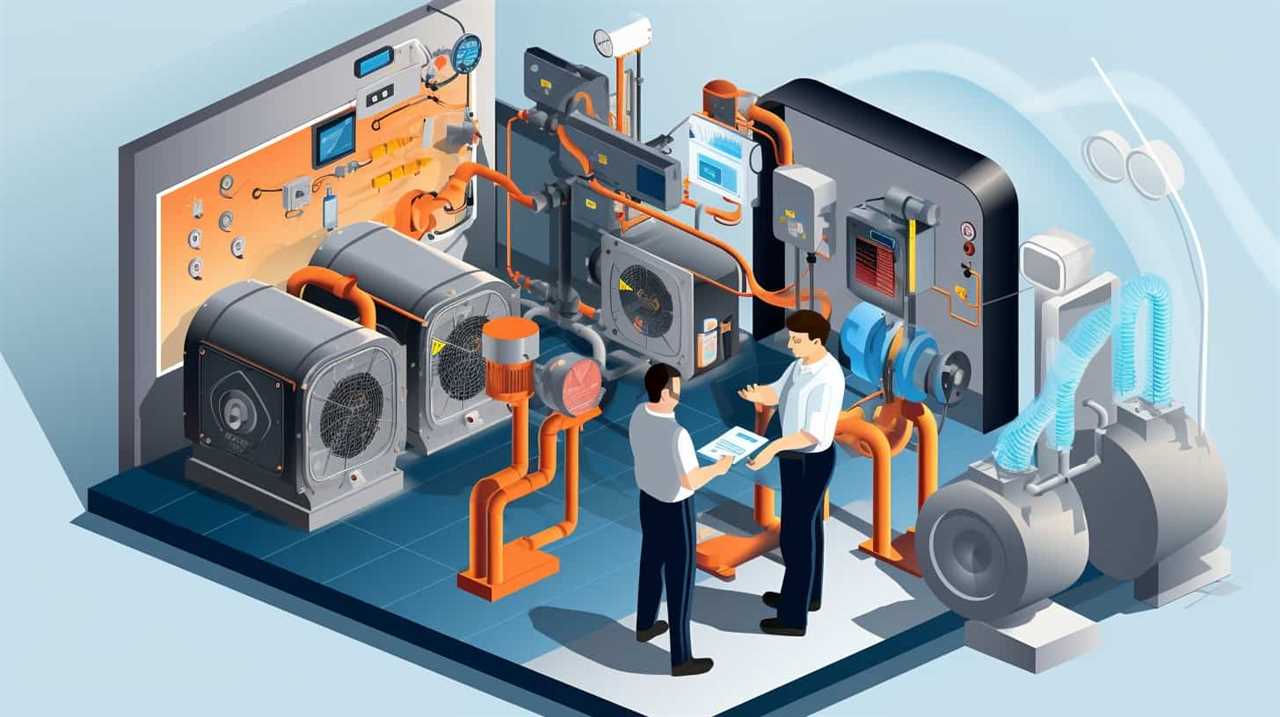
Achieving the right balance between heat pump size, insulation, and location is key to optimizing performance and energy efficiency.
Now, let’s explore the next section on implementing proper heat pump installation techniques.
Implementing Proper Heat Pump Installation Techniques
To ensure optimal performance and energy efficiency, we must carefully install and position our heat pump while following proper techniques. Here are four essential steps to consider:
-
Location: Place the heat pump in an area with sufficient airflow and away from obstructions like vegetation or walls that could restrict airflow. This ensures maximum heat transfer and efficiency.
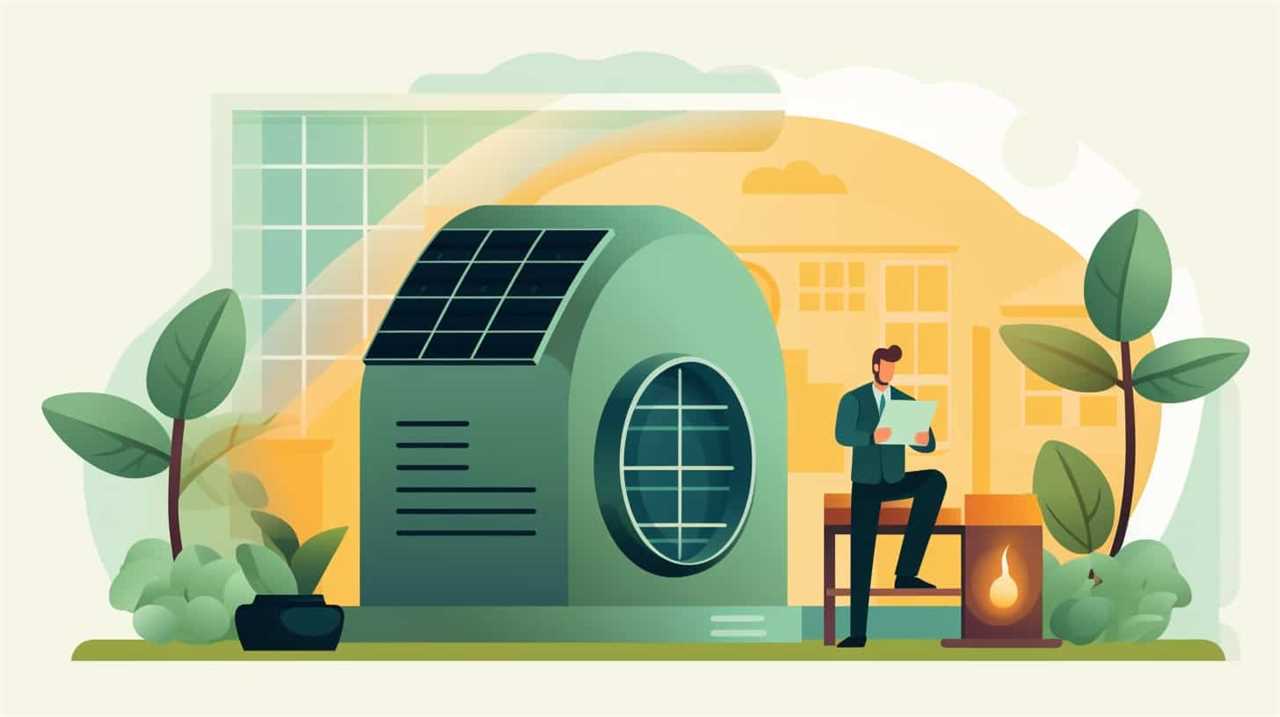
-
Leveling: Ensure the heat pump is level on a sturdy concrete pad to prevent vibrations and noise during operation. This also helps maintain proper refrigerant flow and prevents damage to internal components.
-
Insulation: Properly insulate the refrigerant lines to minimize heat loss or gain. This improves the overall efficiency of the system and reduces the workload on the heat pump.
-
Quality Installation: Hire a professional technician who follows manufacturer guidelines and industry standards for installation. This ensures proper electrical connections, refrigerant charge, and overall system performance.
Maintaining and Cleaning Your Heat Pump for Peak Performance
We can maximize the performance and efficiency of our heat pump by regularly maintaining and cleaning it. Regular maintenance is crucial to ensure that the heat pump operates at its peak performance and remains energy-efficient.
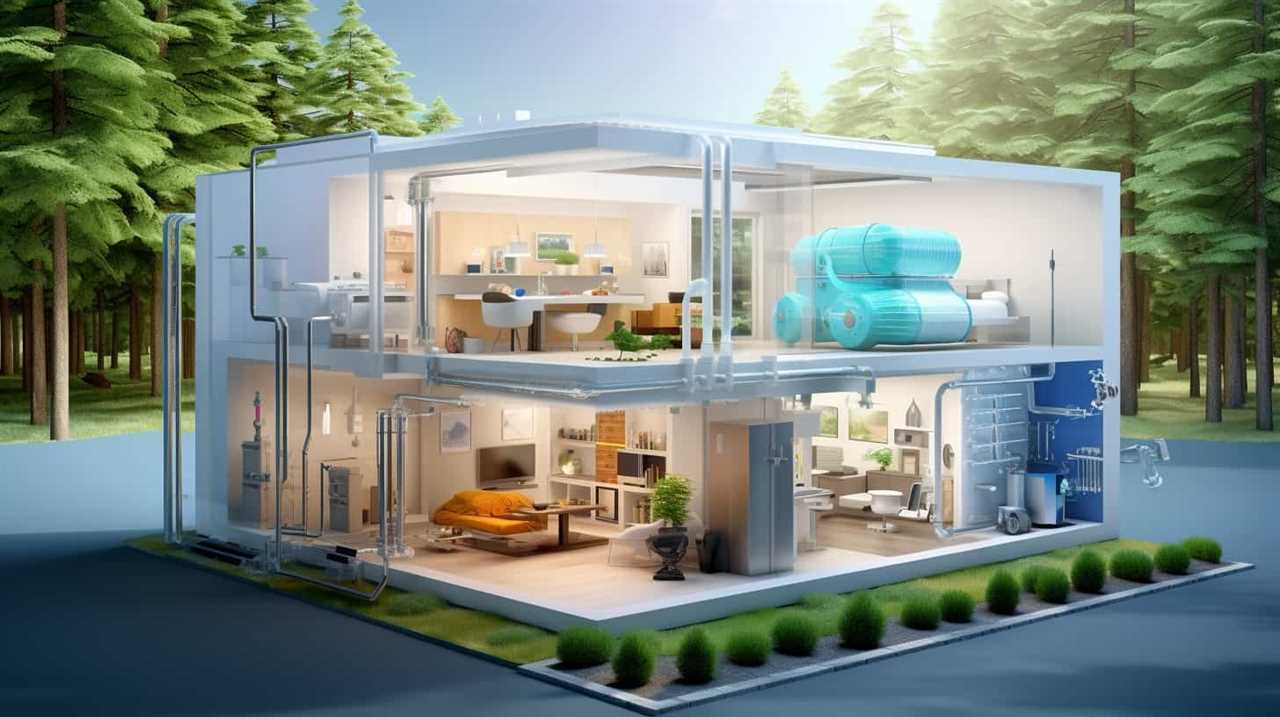
One important aspect of maintenance is cleaning the filters regularly. Clogged filters can restrict airflow, reducing the heat pump’s efficiency.
It’s also important to clean the outdoor unit and remove any debris or dirt that may have accumulated.
Regularly inspecting the heat pump for any signs of wear and tear, such as leaks or strange noises, is essential. By troubleshooting and addressing these issues promptly, we can prevent further damage and maintain the heat pump’s efficiency.
Following these regular maintenance and troubleshooting tips will help us to keep our heat pump operating at its best.

Utilizing Smart Thermostat Technology to Enhance Heat Pump Efficiency
Our heat pump’s efficiency can be enhanced by utilizing smart thermostat technology. Smart thermostats offer a range of features that optimize heat pump performance and improve energy efficiency. Here are four ways that smart thermostat technology can enhance heat pump efficiency:
-
Remote temperature control: Smart thermostats allow you to control the temperature of your heat pump remotely using a mobile app. This means you can adjust the settings even when you’re away from home, ensuring optimal energy usage.
-
Intelligent scheduling: Smart thermostats can learn your daily routine and automatically adjust the temperature settings accordingly. By heating or cooling your home only when needed, you can save energy and reduce unnecessary usage.
-
Energy usage monitoring: With smart thermostats, you can monitor and track your heat pump’s energy usage in real-time. This helps you identify patterns and make adjustments to maximize efficiency.

-
Integration with smart home systems: Smart thermostats can integrate with other smart home devices, such as occupancy sensors or weather forecasts, to further optimize heat pump efficiency. This allows for a more coordinated and efficient heating and cooling system.
Frequently Asked Questions
Are There Any Government Incentives or Rebates Available for Upgrading to a More Efficient Heat Pump?
Yes, there are government incentives and rebates available for upgrading to a more efficient heat pump. These incentives are provided to encourage homeowners to meet energy efficiency standards and reduce energy consumption.
How Can I Determine if My Current Heat Pump Is the Right Size for My Home?
Determining the right size for your heat pump involves calculating its capacity based on factors like your home’s square footage and insulation. We’ll show you how to accurately size your heat pump.
Is It Necessary to Hire a Professional for Heat Pump Installation, or Can I Do It Myself?
Weighing the pros and cons of DIY heat pump installation? It’s important to consider the complexity of the task and potential risks. Hiring a professional ensures expertise and proper installation, maximizing efficiency and avoiding costly mistakes.

What Are Some Common Signs That Indicate My Heat Pump Needs Maintenance or Repair?
We’ve noticed a few signs that indicate our heat pump needs maintenance or repair. Regular heat pump maintenance is crucial to prevent breakdowns and ensure efficiency. Let us share our expertise with you.
Can a Smart Thermostat Be Used With Any Type of Heat Pump, or Are There Specific Compatibility Requirements?
Yes, a smart thermostat can be used with any type of heat pump, but there may be specific compatibility requirements. Using a smart thermostat has several benefits, such as increased energy efficiency and remote control capabilities.
Conclusion
In conclusion, by understanding heat pump efficiency ratings, optimizing sizing, implementing proper installation techniques, and maintaining and cleaning your heat pump, you can significantly boost its efficiency.
Additionally, utilizing smart thermostat technology can further enhance its performance.
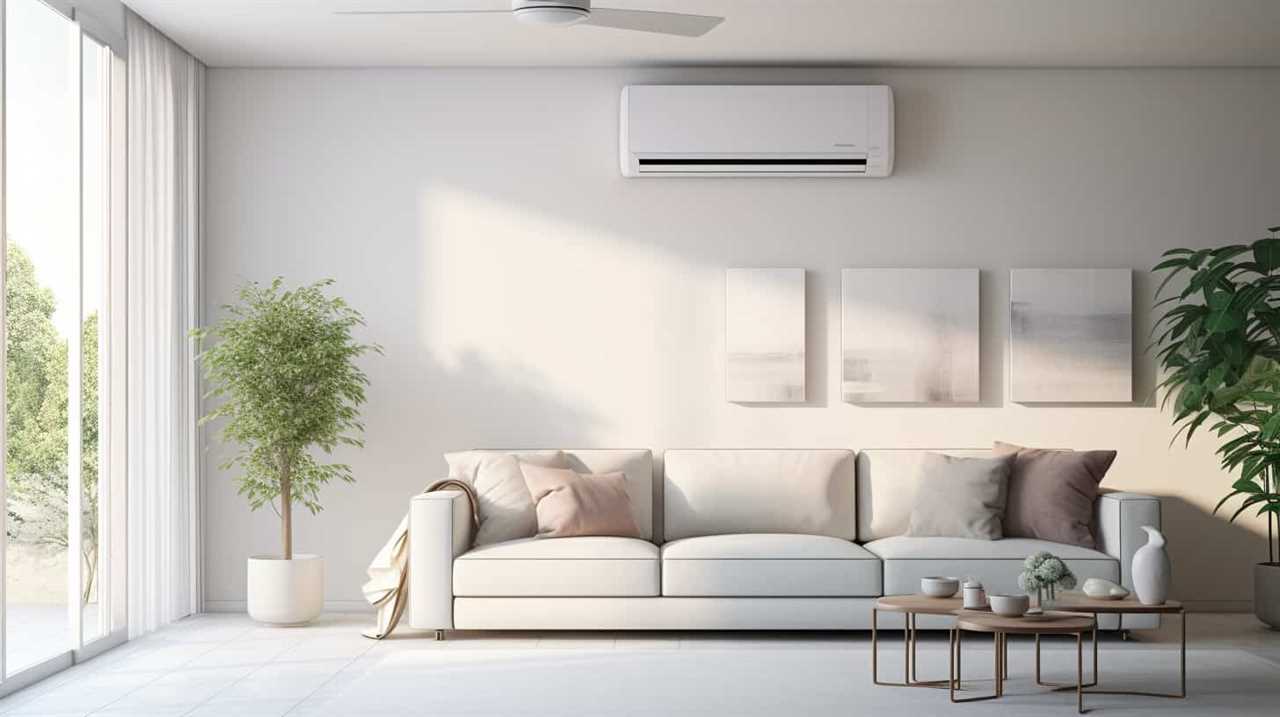
Remember, a well-maintained and properly optimized heat pump is like a well-oiled machine, operating at its peak to provide you with optimal heating and cooling comfort.


